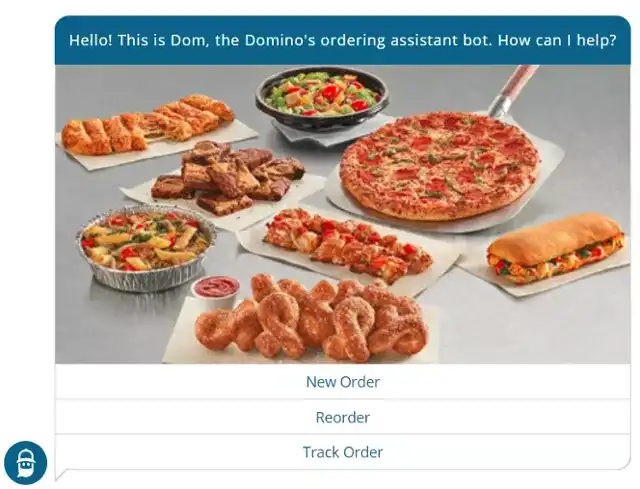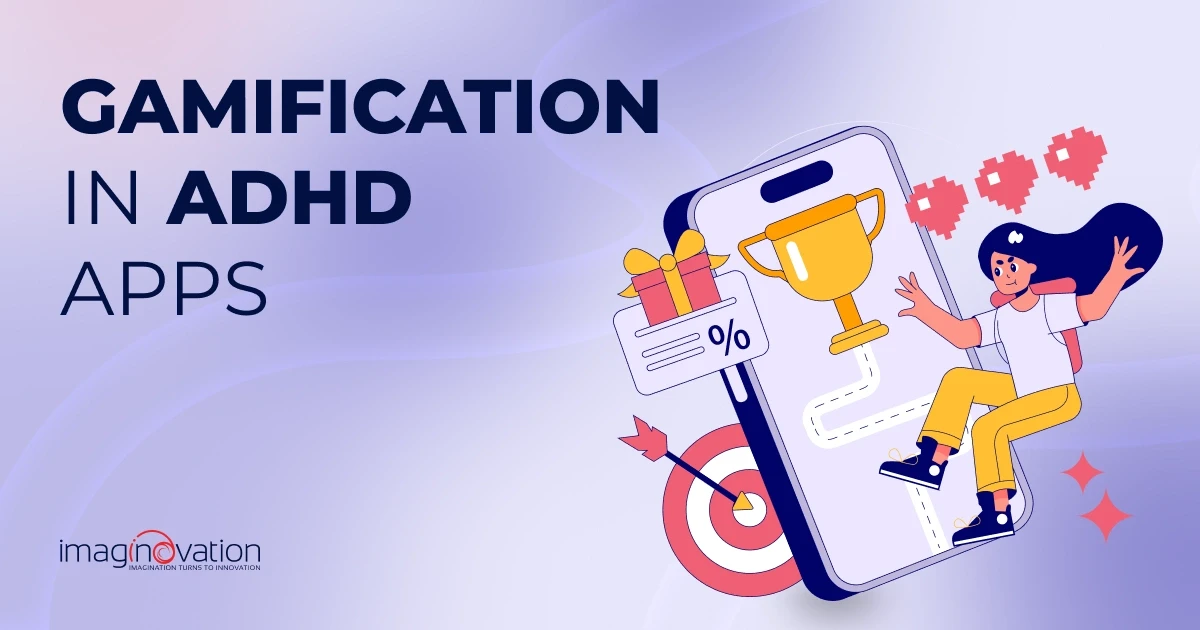Technology is rapidly replacing many aspects of our lives, from alarm clocks and kitchen timers to music players. Overall, the way we communicate has evolved, and companies are starting to recognize this shift — along with the cost savings it brings.
Take chatbots, for instance. They are transforming customer service and interactions for businesses both large and small. But can these programs actually improve your bottom line?
What is a Chatbot?
Chatbots are a tool used for customer service, a way to get answers by chatting online or “speaking” to a computer instead of calling a human or sending an email. Instead of a human on the other end of the chat, it’s becoming more likely that you’re chatting with a machine that simulates human responses. Not all bots are created equal. Some rely on pre-programmed responses and can do little else than retrieve those canned answers.
Today’s chatbots are more sophisticated, using artificial intelligence to manage communication, adding in layers of context to produce an answer — and a voice — so good, some humans don’t realize they are talking to a machine.
Today, you use a chatbot when calling your bank to get your account balance. But you may also speak to a chatbot for the initial part of a customer service call, to convey information such as your name and the reason you are calling. Don’t think you’ve interacted with a chatbot? If you’ve ordered Starbucks, a pizza, or an Uber ride, you probably have. Many of these programs tie in with Facebook messenger.

Why Use a Chatbot?
There are 77 million millennials in the U.S. We’re all sick of hearing about what millennials want, but if your business communicates with them, a chatbot is a good idea. Why? Many millennials dislike calling people on the phone. (The Wall Street Journal recently reported they dislike answering the doorbell, too.) According to a study by a telecommunications company, the phone part of your smartphone is the fifth-most-used-app among the general public.
JPMorgan Chase eliminated voicemail for about 65 percent of its workforce, those who volunteered and don’t regularly interact with the public. The move means an annual savings of $3 million.
If your customers aren’t calling you, what options are you offering for communication? While Twitter is a useful customer service tool, those interactions are public and may result in a lot of back-and-forths; it also requires a human to monitor it. Of course, you must have a way to reach someone by email. But chatbots have the advantage of responding immediately. Furthermore, they don’t require a human to help.
Advantages of Chatbots
- Not sleeping. You can offer customer service online 24/7, perfect for your night owl customers or companies who have a global market.
- No waiting. Instead of being put on hold “to wait for the next available representative,” customers can ask about their problem now.
- Data collection. A chatbot gives you a record of the interaction. You can use this to learn more about your customers, their habits, the tone of the communication, and more. Such analytics are valuable for your sales and marketing teams as well as the human side of your customer service.
- Strong communication. Humans have bad days. Humans may forget to send a card for a customer’s birthday. A chatbot can be programmed to do the latter and will never sound grumpy by accident. Chatbots can be programmed to work with humans, giving your team the power to jump into a conversation if needed.
- Happy customers. Seventy-eight percent of consumers have bailed on a transaction or not made an intended purchase because of a poor service experience. According to 1Financial Training Services, 96 percent of unhappy customers don’t complain, yet 91 percent of those will leave and never come back. It also costs far less to retain a customer than to get a new one. All that adds up to customer service being a critical piece of your company.
Chatbots for small businesses: Saving Companies Money
The need for fewer human employees is where companies will soon realize significant cost savings. Chatbots are now handling lower-level customer service tasks and passing more complex issues to human agents. However, with advancements in natural language processing, chatbots are continually improving. These programs can learn from experience, and while it’s unlikely that an entire customer service department will be replaced, chatbots could save companies tens of thousands of dollars in salary and benefits costs.
In the meantime, companies are already benefiting by using chatbots to enhance customer service, reducing wait times, resolving issues faster, and automating manual tasks. This also tends to increase the satisfaction of customer service staff. According to BI Intelligence, this automation can streamline 30% of contact center tasks, saving U.S. companies $23 billion.
Whether you're looking for a voice chatbot for your phone system or an online bot to answer customer queries, implementing this tool is a smart move for your customer service department. Contact us to get started on a custom solution.
Ready to build an app, but not sure where to start?
We've got you covered. Click the button below to get started.





